In 2021, we encountered numerous innovative eMTBs. Simultaneously, the industry had to evolve to remain competitive and stay afloat during the corona crisis. From this, new trends emerged. Now, we’re looking at what the future of eMTB might hold and which developments to expect next year.
Every expert prediction comes with an important caveat: often, they’re about as accurate as a blindfolded chimpanzee in a game of darts. Raven Thorogood III made an impressive demonstration of this in 1999, when he placed in the top 1% of all Wall Street brokers with a stock portfolio that he picked by throwing darts at a list of internet companies. And he was a chimp. But don’t worry, we don’t intend to make blind guesses, relying on experience, insider information and emerging developments instead. The future starts now.
20% more fun?
We all want more. More range, more trails and more fun. In 2022, we will get it too! Next year, the average battery capacity of integrated batteries will level off at over 700 Wh. For example, the latest Yamaha PW-X3 motor relies on a 750 Wh battery, as featured in the new Haibike Nduro 7. Bosch are also increasing the size of their batteries, supplying the new Performance Line CX Smart System exclusively with a 750 Wh model. Industry giants Shimano are holding back the presentation of their new batteries for the 2022 season. Meanwhile, they’ve long taken over the after-sales service of third-party batteries that are compatible with the Shimano EP8 motor. Brands such as Darfon, Simplo and BMZ have been offering Shimano-compatible eMTB batteries with capacities of over 700 Wh for some time now. Recently, Norco presented their 2022 eMTB portfolio, featuring a 720 Wh and a whopping 900 Wh option.
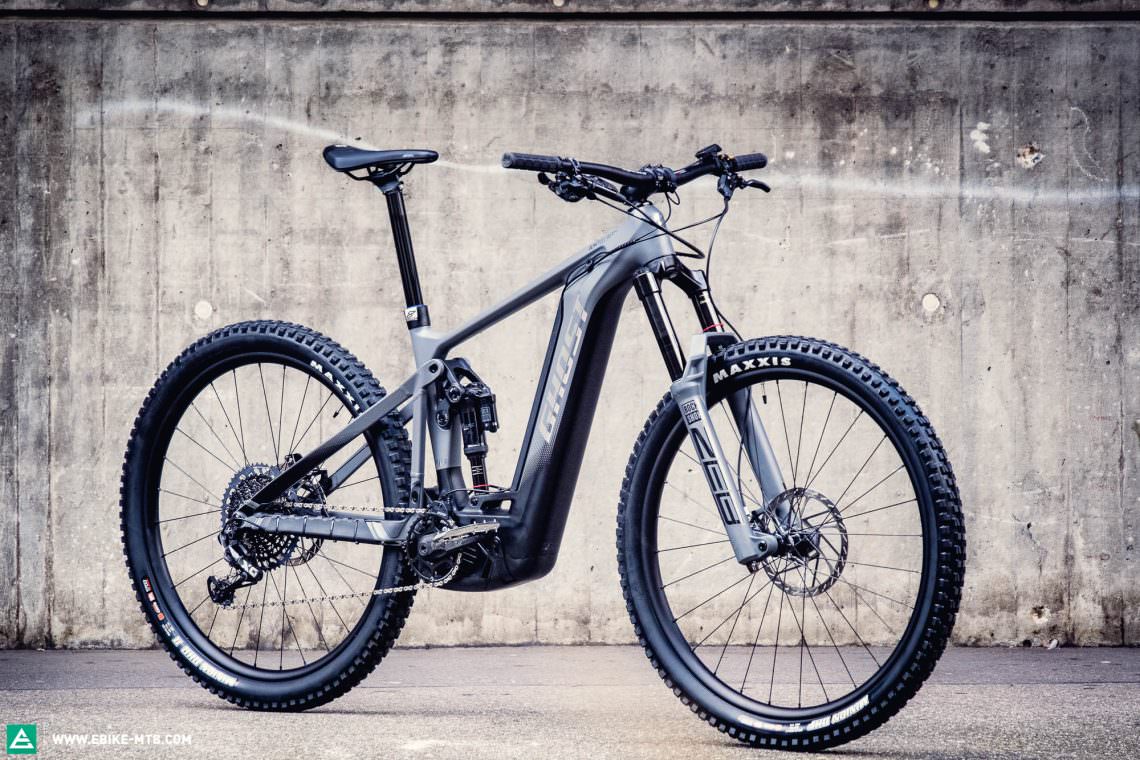
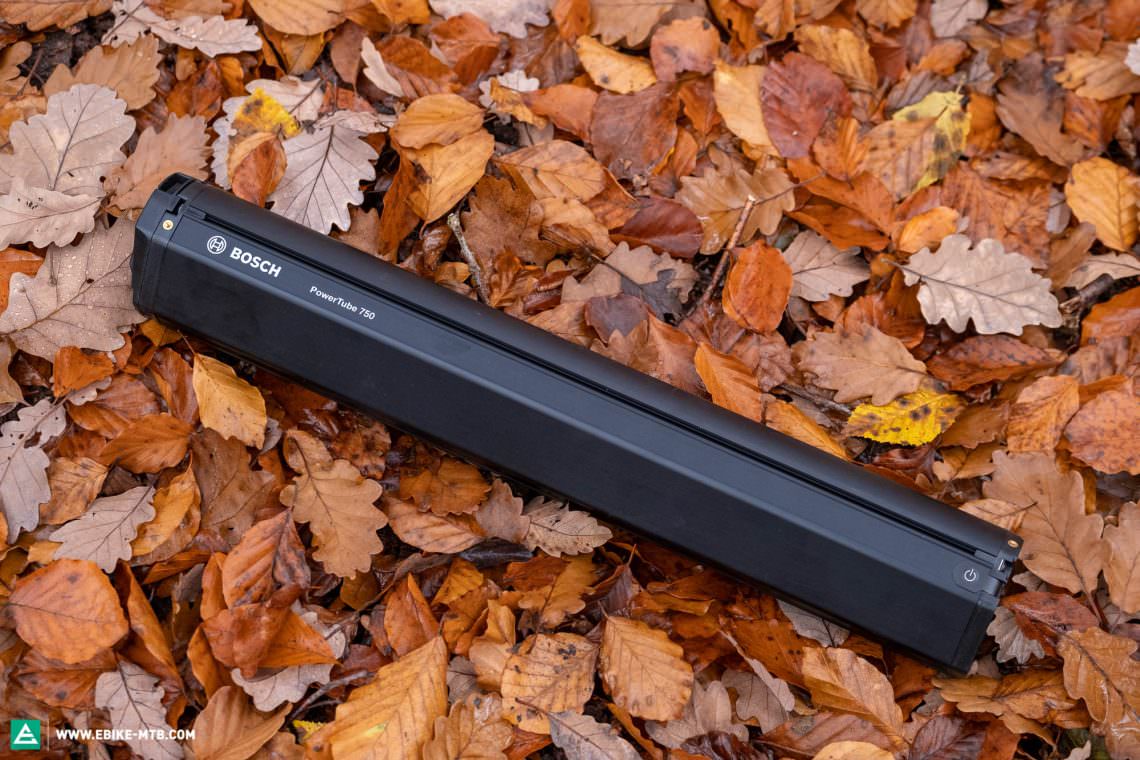
Battery capacity ≠ fun
If you equate battery capacity with fun, there’s something you’re missing. Next season’s batteries are based on current-generation cells. As such, 20% more battery capacity also means 20% more weight and volume for the cells, i.e. without the battery housing, cabling and controller. The battery’s weight and position in the frame significantly affect the bike’s centre of gravity, which has a considerable influence on its handling. Additionally, the down tubes in which the batteries are housed must grow accordingly, imposing constraints on frame dimensions and geometry. The accessibility of the battery and the stiffness and durability of the frame and other components must also be considered. If the brand wants the battery to be easy to remove from the bottom or side of the down tube, a larger battery requires an even larger opening in the tube. This must be compensated for elsewhere in the frame to maintain its stiffness. Engineers can resort to either double-walled tubes or an increased wall thickness, resulting in a heavier frame than before, despite the larger opening.
For this reason, some manufacturers such as Specialized and GHOST keep the opening in the frame as small as possible, allowing the battery to slide out of the bottom end of the down tube. As a result, some of these eMTBs must be laid on their side or turned upside down to remove the battery because there just isn’t enough ground clearance to do so otherwise. Another problem with bigger, i.e. longer batteries, is that they can’t fit into the down tubes of small frame sizes. Therefore, fans of the new CUBE Stereo Hybrid eMTBs will only be allowed to enjoy the larger batteries from size M and up. Smaller riders have to make do with the previous Bosch motor generation paired with less capacity, since the Bosch Smart System is currently only compatible with the 750 Wh battery.
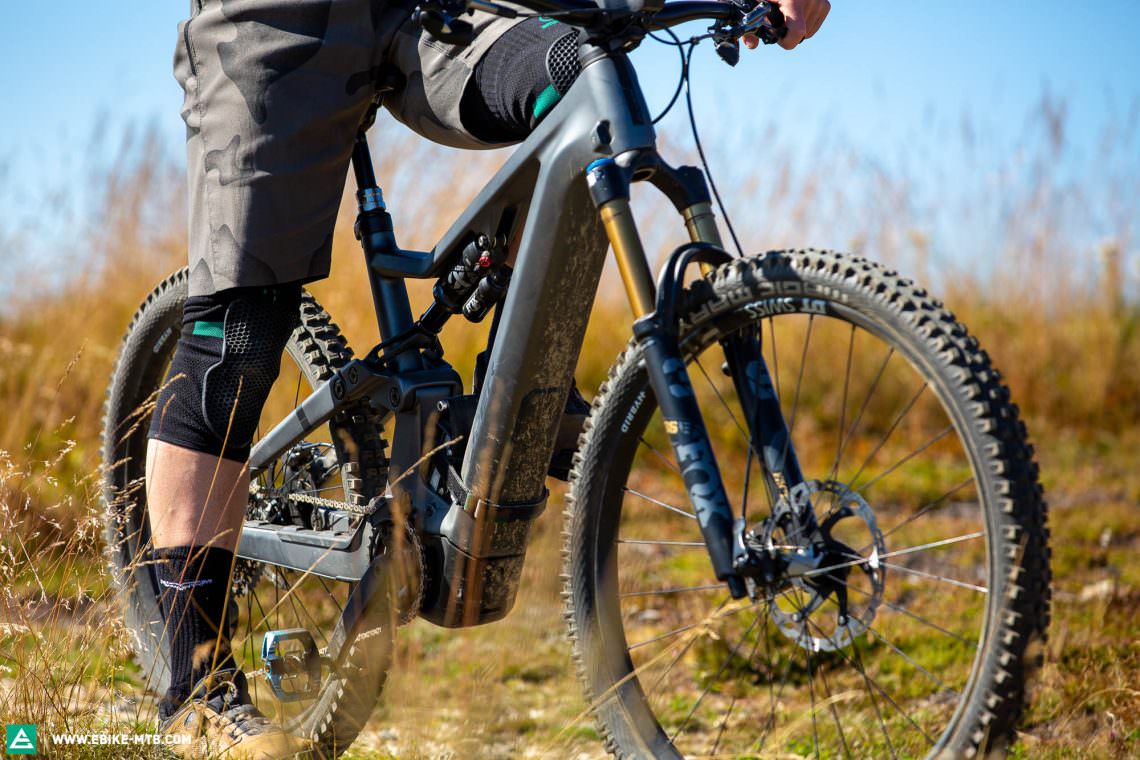
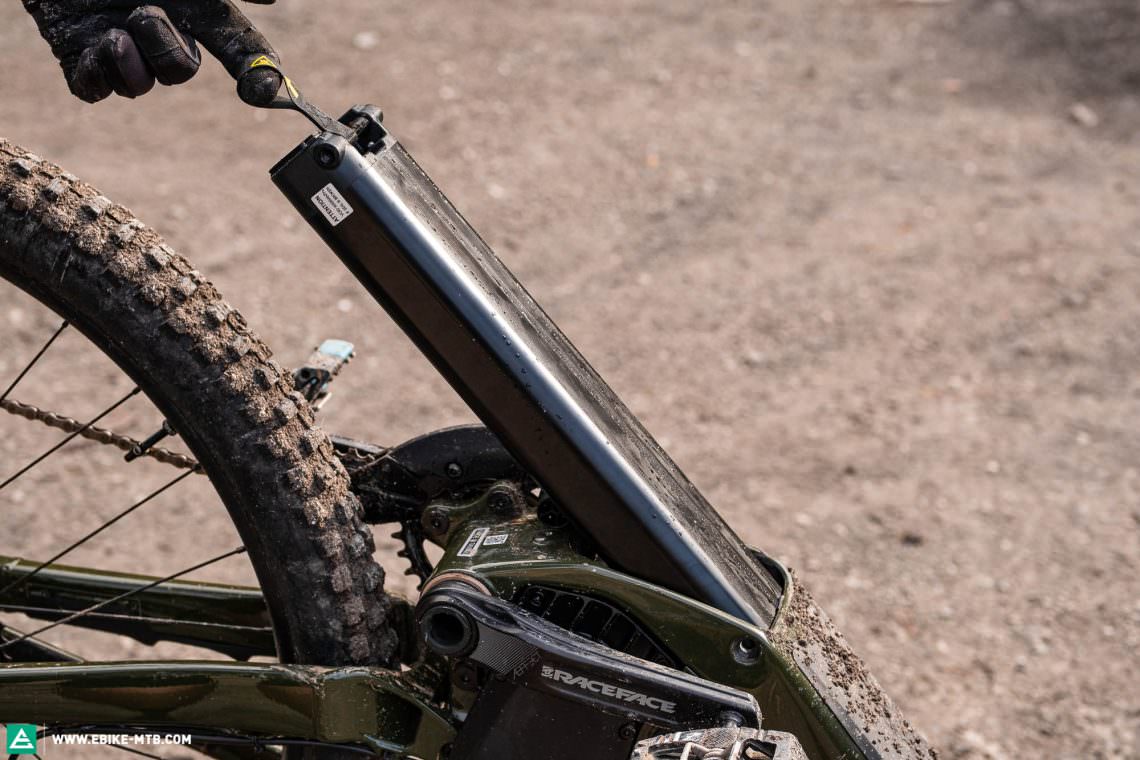
More Light eMTBs for any terrain
While many bike brands are fervently trying to master the challenges brought on by 700 Wh+ eMTBs, another eMTB category is just starting to pick up. For 2022, the alternative will be Light eMTBs. Instead of entering the battery-size arms race of all-round eMTBs, these will rely on batteries of about half the size. The majority of Light eMTBs, though not all, feature motors that have either been specially tuned or developed for this category, offering comparatively little support. These motors draw less electricity, allowing many Light eMTBs to achieve a good compromise between weight, performance and range. On top of that, the smaller batteries require less space, opening up new frame design possibilities. Ultimately, this can have a positive effect, not just on weight but also on the riding experience and handling,approaching that of analogue mountain bikes on the descents. With the SL motor in the Levo SL, Specialized have turned Light eMTBs into a mainstream category. The Orbea Rise, featuring a restricted Shimano EP8 motor, was even titled the Best Buy in the 2021 ENDURO mountain bike group test. For 2022, some brands are expanding their portfolio of Light eMTBs and, like Specialized and Rotwild, will offer several models to choose from. Since the standard batteries have grown to over 700 Wh, the Light eMTB category will be differentiated from standard all-round eMTBs not just in terms of weight but also in terms of their handling. The popularity of these light-footed eMTBs will grow significantly in the future and pave the way for new motors. Light eMTBs like the Specialized Kenevo SL or the Transalpes E1, which weighs just 17 kg and features an almost invisible Maxon Bikedrive Air motor, set the bar for what we can expect to see more of next year.
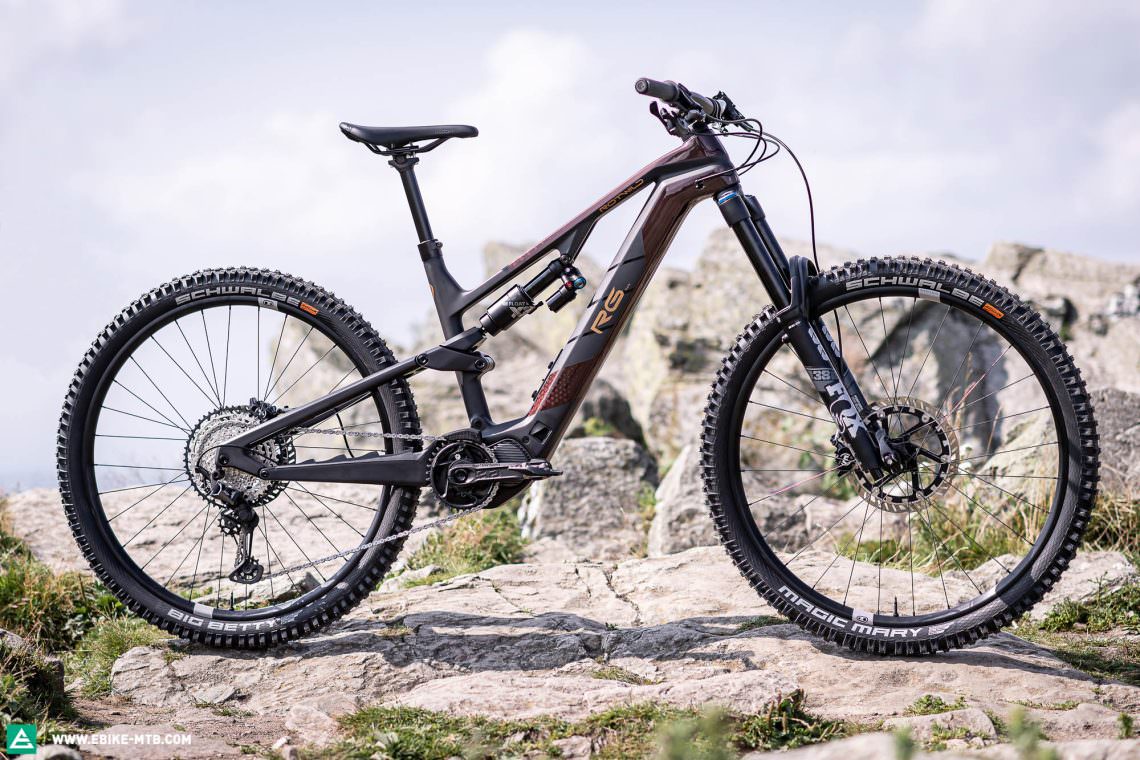
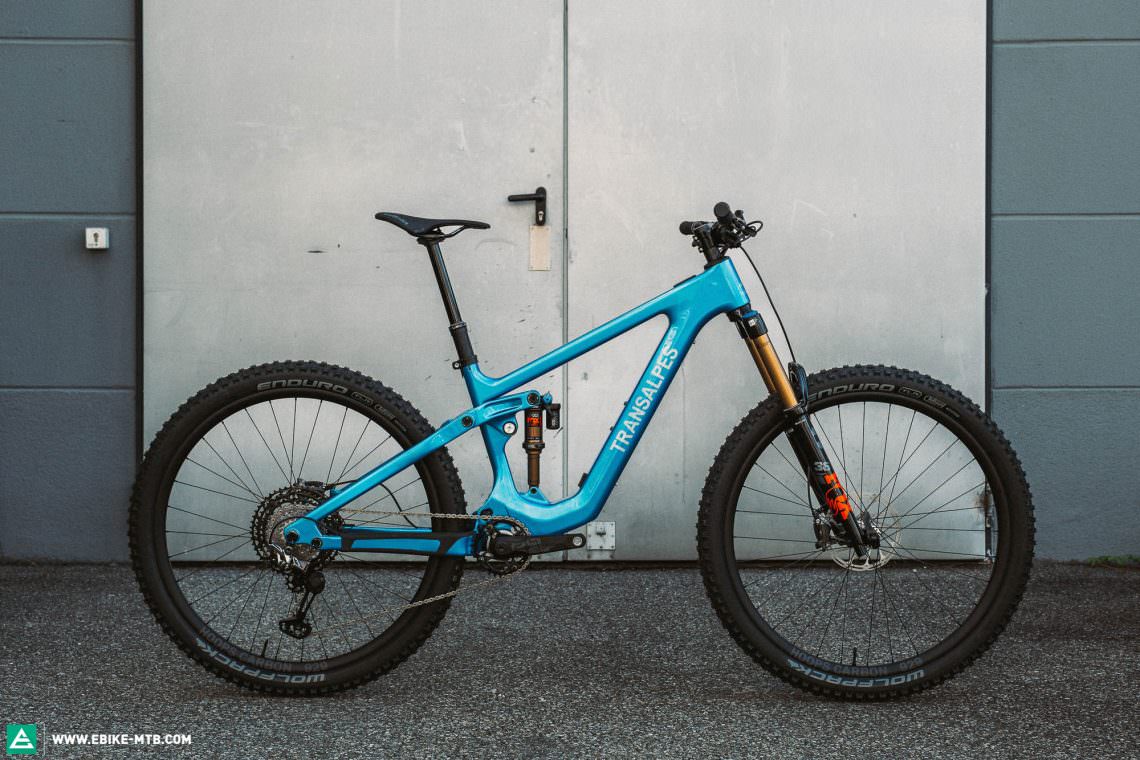
Smart electrification
If we were marketing experts, we would predict that technology that isn’t smart has no business in 2022, without actually specifying what smart means. We also believe that 2022 will be the turning point at which non-smart eMTBs will become obsolete, though we can provide a concrete idea of what smart means.
On the one hand, it’s about establishing the digital infrastructure essential for new features, updates and individual systems maintenance. For example, smart motors will have a smartphone interface, become wifi capable or have an integrated cellular module. Software updates can then be carried out via a smartphone or on the ebike display itself, sparing you a trip to the dealer. The latest Bosch Smart System motors now have the capability for over-the-air updates. For Greyp’s software and connectivity experts, over-the-air update capabilities and cellular modules are run-of-the-mill features, as you’ll find on the T5.2, that we tested only recently.

In everyday situations, smart ebikes will use rider and usage profiles to recognise whether it’s being ridden by the rightful owner, whether you have loaned the eMTB to your best friend for a trail session or whether it’s been stolen. In that case, the system will automatically sound the alarm and send a notification with the current location to your smartphone or an anti-theft service provider.

Similar approaches have already been implemented by brands who rely on the motor, battery and display solutions supplied by Fit, as well as for VanMoof’s ebikes. When within reach, the ebike can be woken up or put into sleep mode via a smartphone. For Greyp’s always-online bikes, you don’t even have to be nearby.
The motor’s internal electronics will also learn a few new tricks for next year. Instead of a rudimentary processor that, in simple terms, measures the rider’s input and multiplies the output accordingly, the system will become a lot more complex and rely on multiple sensors. The motors will become better at differentiating between riding situations, making more precise predictions thanks to intelligent algorithms, connected sensors and the rider’s preferred settings. Accordingly, they’ll adjust their support to suit the scenario. On the trail, the same sensors will be able to recognise whether you’ve crashed, automatically notifying pre-configured emergency contacts or nearby rescue services. Help Connect is a similar emergency service already offered by some of Bosch’s models, though it’s limited to riders that use the Cobi.BIKE app. In 2022, we think eMTB hardware will have become so refined that brands will be left with no excuse not to find appropriate solutions for their entire portfolio.
A little less conversation, a little more action – More connectivity and interaction for eMTBs
The use of additional sensors and more interfaces improves connectivity, which will lead to increased interaction with your eMTB. This can take on new forms, turning some 2022 eMTBs into your mother, warning you to watch out for black ice and put on a jacket to avoid catching a cold! No joke, just recently, a test bike told us to watch out for icy conditions. Admittedly, we invented the part about the jacket, but that kind of scenario is no longer so far-fetched.

In the future, eMTBs won’t just use their onboard sensors but will be in constant communication with smartphones and wearables, continuously assessing the condition of the rider and the environment via accompanying apps. This way, brands will try to use software to give riders additional benefits. The eMTBs inner monologue could go something like this: “Battery at 75 %, outside temperature 32 °C, heart rate at a constant 140 bpm, uninterrupted for the last 30 minutes. I better remind my rider to drink some water and shift down a gear; we will reach our destination with over 40 % battery capacity remaining and the next appointment in the calendar is two hours away.” It could also motivate you to step on the gas if you’re currently on one of your favourite tracks and about to beat your personal record. The eMTB doesn’t just have to be your mum but could also be your fitness coach.
Remötley Crüe – New remotes and mini displays
Does that mean that if you simply want to go on a relaxed post-work ride on your eMTB, you’ll have to install a pop-up blocker on your bike to avoid being bombarded with notifications? Yes and no. Sure, you will have the option of displaying every status update like a live feed. That said, eMTB brands also understand that some riders prefer to immerse themselves in their surroundings and the experience of riding their bike without being disturbed. Accordingly, eMTBs should no longer be perceived as such, with all their components seamlessly integrated. So, 2022 is the year to say goodbye to bulky displays on the handlebars. With the Mastermind TCU, Specialized show how a display can be neatly integrated into the top tube without sacrificing any data, keeping the rider fully informed. For display ascetics, Shimano have long been offering the EW-EN100 display dongle, which weighs just 6 g and features on the Orbea Rise. The dongle replaces the standard display and has just one button, two LEDs and a Bluetooth connection for a smartphone or GPS device. Other brands will follow suit in 2022. Bosch’s new Smart System is their first solution that works independently of a display, giving you all the information necessary via the remote. Yamaha’s new system combines a mini remote with an inconspicuous display. Based on this, Giant have decided to follow Specialized’s lead and develop an in-house solution for the display, integrated into the top tube.
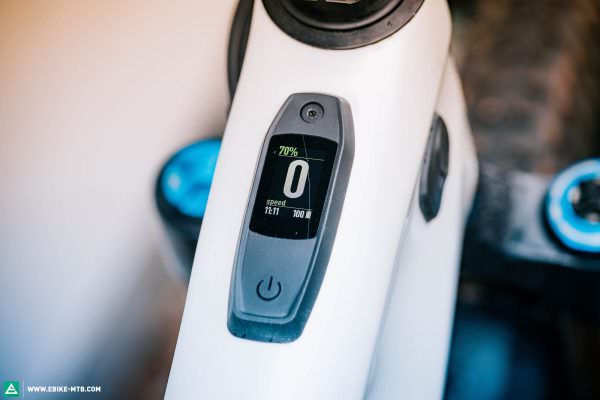



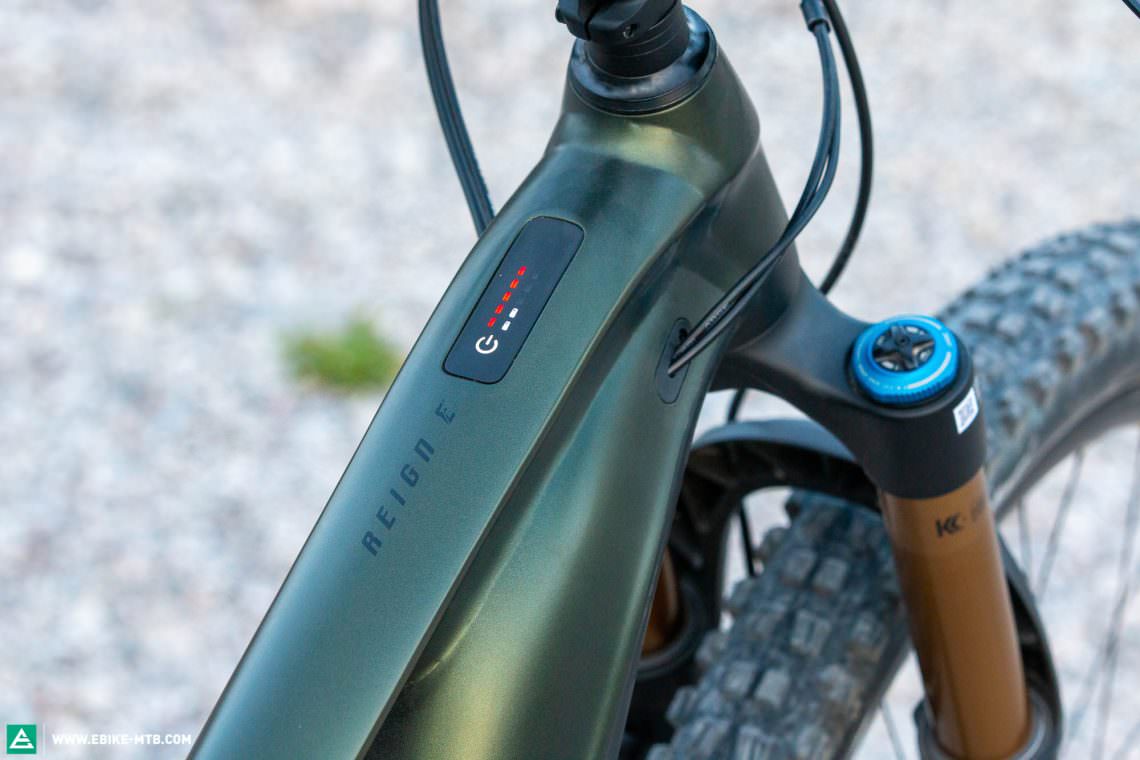
Downhill performance extravaganza – The fastest eMTBs of all time
The coming year will have something for the tech geeks and purists amongst us, but the eMTB riders out there who are looking for an uncompromising bike for the descents also have reason to get excited for what’s to come. High-performance, gravity-focused eMTBs might not be new for 2022, since Lapierre already presented a thoroughbred racehorse with the Overvolt GLP 2, along with other brands that have come out all guns blazing, such as Specialized with the Kenevo SL or Mondraker with the Crafty Carbon XR. However, these are merely the first harbingers on the horizon of a new generation of eMTBs with this specific use case: blasting down trails at top speed.
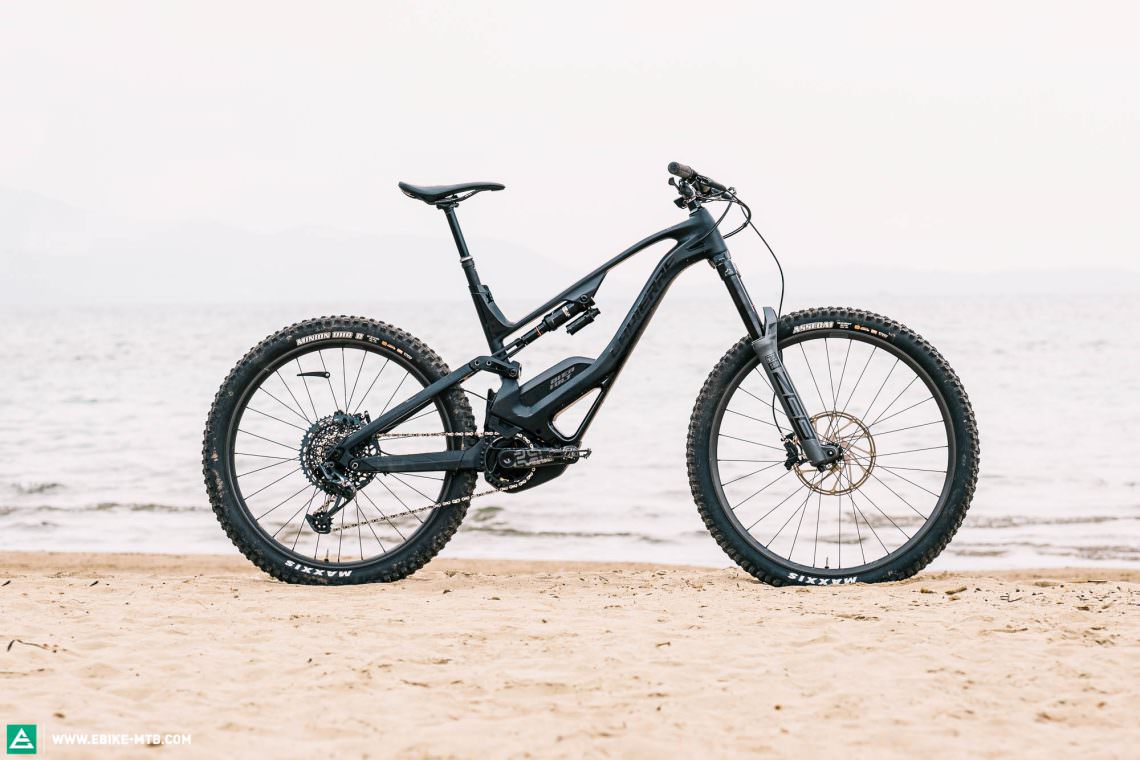
Additionally, brands will use other technological tricks available and resort to smart suspension. On the one hand, intelligent suspension makes it easier for less experienced riders to set up their suspension, while pros can benefit from more precise tuning. An example would be the AirWiz system on the new Trek Rail 9.9, which uses an LED to indicate whether the air pressure in your fork and shock is correct. The Mondraker MIND telemetry system goes one step further, recording the movement of your suspension while riding and then providing suggestions for your compression and rebound settings.

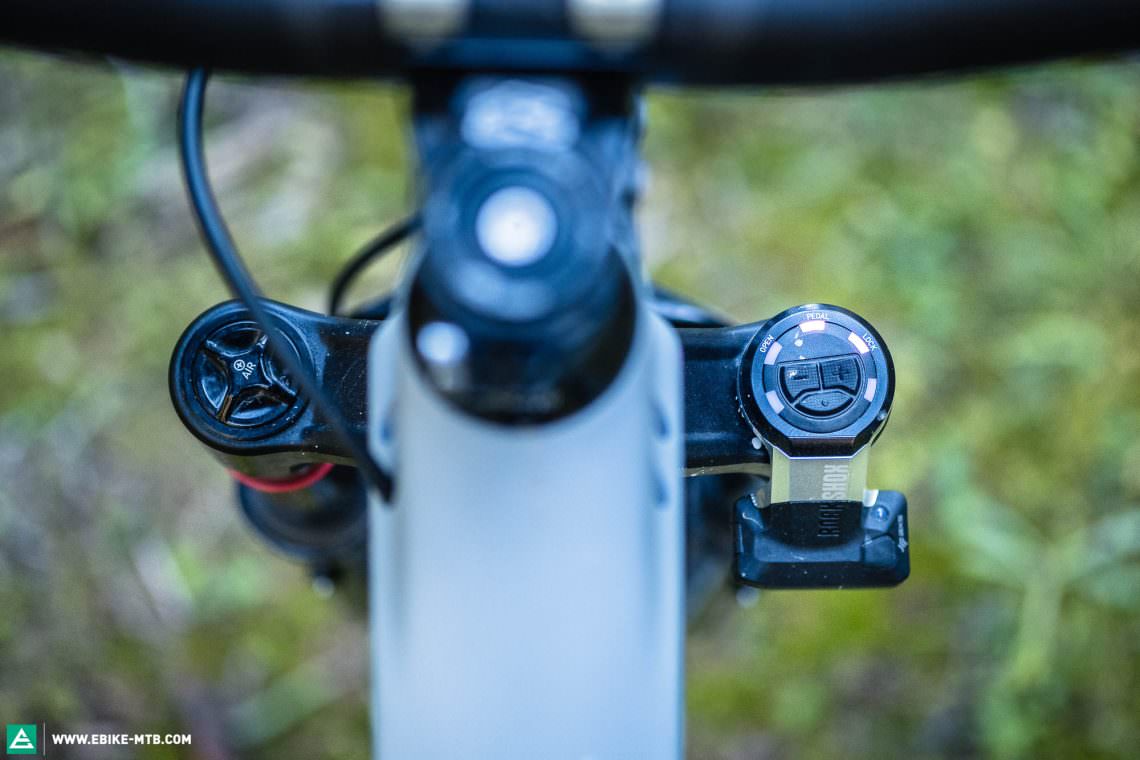
The second type of intelligent suspension adjusts automatically depending on the riding situation. With E-Live Valve, FOX have already launched a system that uses sensors to tell whether you’re riding up or downhill, adjusting the compression damping accordingly. WithFlight Attendant, RockShox, the other prominent players in the suspension market, have recently caused a stir in the world of analogue bikes. The advantage of Flight Attendant on analogue mountain bikes is that it allows brands to develop bikes that are super capable and plush on the descents while still offering their customers a bike that can climb well. Uphill, the intelligent suspension jumps in and transforms the bike from a magic carpet into a firm pedalling platform that can efficiently convert every watt into propulsion. It remains to be seen whether the system will be adapted to work on eMTBs too.

Me, myself and I – More self-realisation and self-expression
Express yourself! More brands will allow you to customise their products in the coming year, making them unique to you. Extensive online configurators will enable you to order your dream bike with all the right components (assuming they’re available). But that’s just the tip of the customisation iceberg. We love being able to choose the colour of the frame, decals or accents on components such as the grips, brake callipers or pistons. Orbea have long been taking customer requests in their MyO configurator, painting different parts of the frame in your desired colour. At no extra charge, of course. Trek also offer custom paint jobs via the Project One configurator, the looks of which you would usually only find on the Lamborghinis of Arabian oil sheikhs. However, a new Swiss brand shows how easy customisation can be in 2022. With SCOR, individualisation happens via the enclosed frame protectors, which can be customised with your own lettering and designs. Additionally, they’ve promised to deliver new designs at regular intervals so that your eMTB can always look fresh.
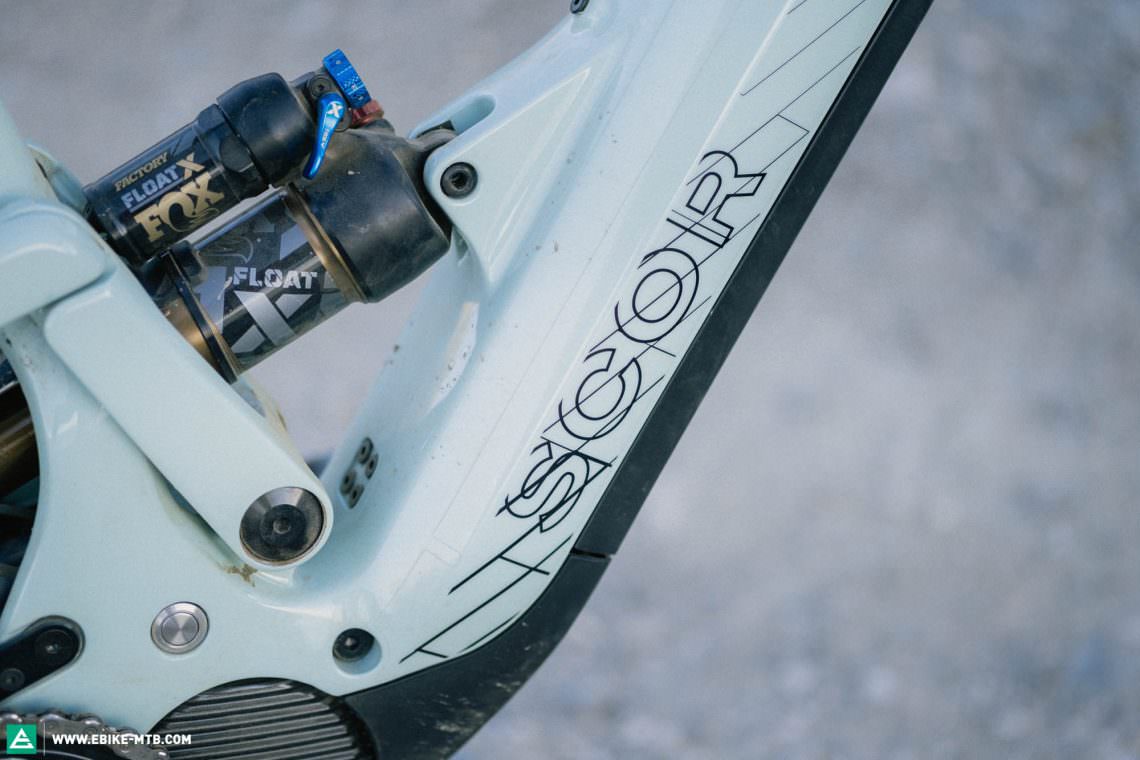
Out of stock – The problem with shortages
We were just raving about customised dream bikes with the components you want, but the current drought in the bike industry will continue for another year. Towards the end of 2020, we reported on the poor availability of components and empty warehouses. Unfortunately, there’s nothing yet to signal the end of these shortages. Industry representatives tell us about lead times of over a year and uncertainty the kind of which they’ve never seen before. If you’re very lucky, you’ll only have to accept small compromises on your 2022 dream spec and slightly delayed delivery time. However, for many, it will mean taking what you can get. If you must have a new eMTB in 2022, we recommend pitching a tent in front of your local bike shop and intercepting the delivery van when it brings new goods. For direct to consumer brands and online shops, you should train your index fingers so that you don’t get a cramp at the crucial moment while continuously pressing refresh. If you somehow manage to get your hands on one of the few new eMTBs, chances are you won’t get the expected quality. Manufacturers have had to remain flexible during the production and availability crisis, rearranging production processes and upscaling to new sites. The complex quality assurance processes haven’t been able to keep up with these spontaneous changes, resulting in more sub-standard products slipping through the cracks and landing at the feet of the user than usual. As such, brands run the risk of ruining their reputation in the long term with unfinished products, just to meet the high demand they’re currently experiencing. From our point of view, this will turn out to be a costly mistake since now is the time to invest in quality assurance and bike-related service instead. Only those who do will build strong customer relationships with eMTB newcomers, which will pay off long-term.
The vicious circle continues – The rise in prices for new eMTBs
As a consumer, rising prices are nothing new; you expect it to happen. However, now and then, you have significant price jumps that impact the pricing policy of an entire industry. When the basic version of the Apple iPhone X was launched in 2017 for $ 1,000, it was over $ 300 more expensive than the previous generation and the first smartphone to break the $ 1,000 mark. The price hike was met with mixed feelings from technology experts, the competition and even Apple fans, questioning how you can ask that much for a smartphone and manage to sell it. However, Apple’s success proved them right, and many manufacturers also raised the prices of their flagship smartphones. These days, consumers hardly shrug when they see a four-digit price tag. The ebike industry is experiencing a similar scenario: in the future, the price tags for top-end eMTBs will have five digits. When the Santa Cruz Heckler arrived on the European market in 2020, many thought the price point of over € 13,000 was a mistake. Then Specialized broke the € 14,000 mark in 2021 with the top-end Kenevo SL and Levo SL models, which encouraged other brands to push up their prices too.
The new pricing policy is primarily due to the current market situation. The availability of parts and raw materials is low. Brands have to outbid each other for components and batteries while the cost of production, logistics and service have all increased. The vicious circle in rising prices is most noticeable in the high-end segment. As a result, the flagship bikes of many brands will break the € 10,000 mark in 2022. Of course, you will find affordable alternatives, which we’ll be sure to put through their paces in our budget group tests. We’ll keep an eye on the whole market for you, promise!
New players are entering the arena – New brands, new manufacturing processes and new production facilities
Up until now, established brands had a head start in terms of know-how and development. They almost always had to have a connection to production facilities in the Far East for large-scale production. However, the barriers to entry into the eMTB market have gradually fallen, attracting new players to the scene. So, prepare to make room in your heart for a new favourite brand that you’ve never seen before as we’re bound to meet many of them in the coming year! These days, launching an eMTB no longer means having to reinvent the wheel.
For one thing, you have more motor suppliers offering competitive systems than ever before. Moreover, the motor manufacturers don’t just supply motors and batteries, but companies can also benefit from their expertise and extensive service infrastructure. As a brand, it isn’t necessary to know everything about eMTBs and offer every service related to them, and it’s precisely this that gives them the freedom to implement new approaches in bike design. On top of that, new and proven manufacturing processes are being adapted for the bike industry which, in some cases, means that production can be regionally independent and brands don’t have to make significant upfront investments in complex mass production. For example, the team behind the Advanced Reco One Urban ebike could concentrate on developing just the frame as Bosch supply the complete system for the motor. The standout feature of the frame is that it gets injection moulded from composite pellets in just 90 seconds. Once the Reco One has reached the end of its life, the frame can be shredded to be made into a new frame, going full circle. Since this kind of manufacturing process is so rapid and doesn’t require a lot of manual labour, manufacturers are more flexible in where they produce. Instead of having the frame made in China or Taiwan, the home of aluminium and carbon manufacturing, the Reco One frame is manufactured in Germany. Pole have fascinated the analogue mountain bike world since 2018 with their aluminium frames, CNC-machined entirely in Finland. Now, in cooperation with Bosch eBike Systems, they’ve found the right partner for a CNC-machined eMTB, made in Europe.

More Porsches and BMWs on the streets
The automotive industry has recognised the potential of ebikes, jumping on the combination of cars and ebikes. The automotive giants’ influence is becoming increasingly prevalent, especially in the urban sector. In 2022, if someone tells you they drive a Porsche, the correct reaction will be to ask whether it’s a car or an ebike. The latest project to stem from a collaboration between Porsche Digital, Fazua, Stork and Greyp is called Cyklær. The E-gravel bike offers many innovative features such as front and rear cameras, a wireless charger for your smartphone on the handlebar and an urban version equipped with luggage racks and lights. Cube have partnered with BMW to develop the CUBE Concept Dynamic Cargo trike. The standout feature of the cargo tricycle is its ingenious tilting technology. We don’t know whether the automobile giants will bring about the urban mobility revolution but we can confirm that we were blown away by the new tilting cargo trike.


Not ready to take the next step and make a new brand your favourite brand? Then 2022 could still be your year, because it will be the year in which the last stragglers will come on board with the first eMTBs in their portfolios. Nukeproof came to the party late this year with the Megawatt but a few guests are still to be expected in 2022. Amongst these are the likes of Yeti, Privateer, Pole and many more. Motorised mountain bikes are inherently versatile and universally attractive. They are well received by young and old, active athletes and relaxed tourers. There is little that speaks against an eMTB.
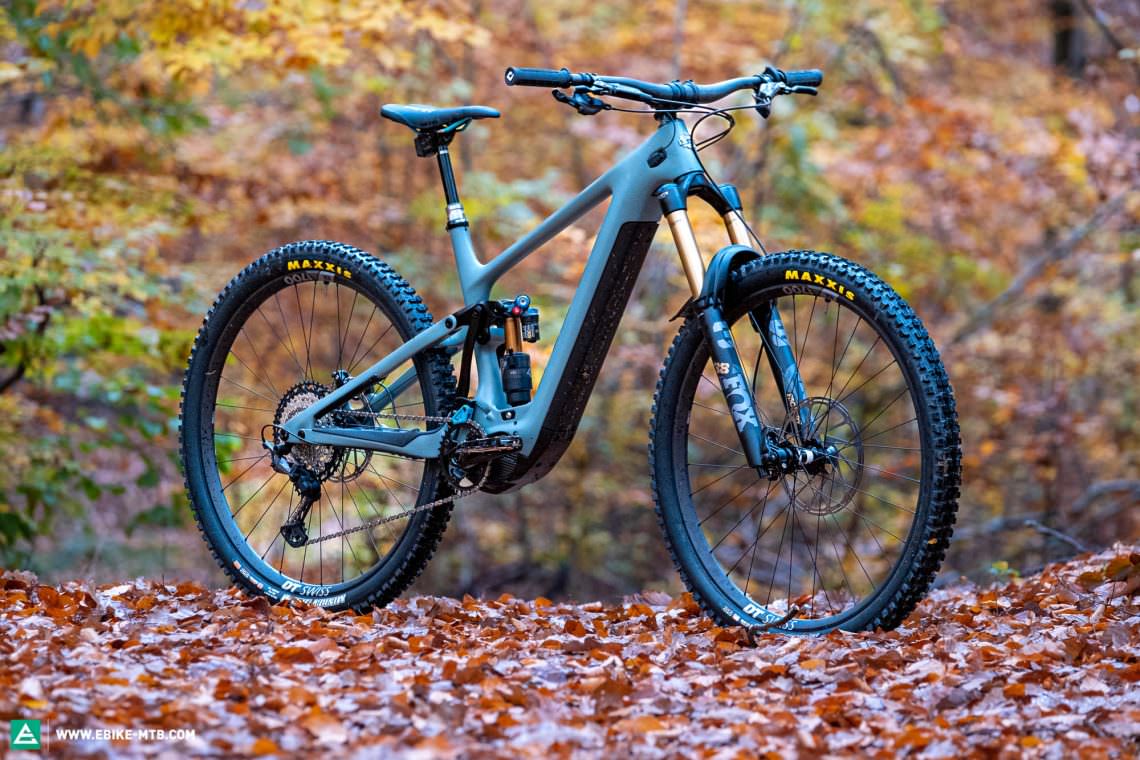
The year in which the trekking bike died – The eMTB as the ultimate trekking all-rounder
The electrification of analogue trekking bikes has failed. The latest generation of eMTBs is super versatile, which is exactly what customers demand. They want an eMTB for touring, with and without luggage, for commuting, for shopping, to have fun with and to use as a fitness device with which to explore easy trails. Our group test of the best and most exciting concepts has proven that classic trekking hardtails can no longer meet expectations. For 2022, a paradigm shift in the trekking sector is imminent. Manufacturers will resort to the inherent advantages of eMTBs to design new, capable platforms that are a lot more versatile. More specifically, we’re talking about full-suspension eMTBs that are more comfortable yet better performing than classic hardtails ever were. Aggressive, high-volume tires provide grip and safety on poor roads and wet surfaces, while powerful mountain bike brakes ensure reliable braking power even on long descents with luggage. The Trek Powerfly FS 9 Equipped is a prime example of the burgeoning new generation of E-trekking bikes. At this year’s Eurobike, Scott presented the new Patron eRide, a full-on eMTB whose platform also gets used for the versatile Scott Axis eRide Evo FS trekking bike. Scott will certainly not be the only brand that have done their homework and we’re looking forward to this development. We’re excited about the future of trekking!


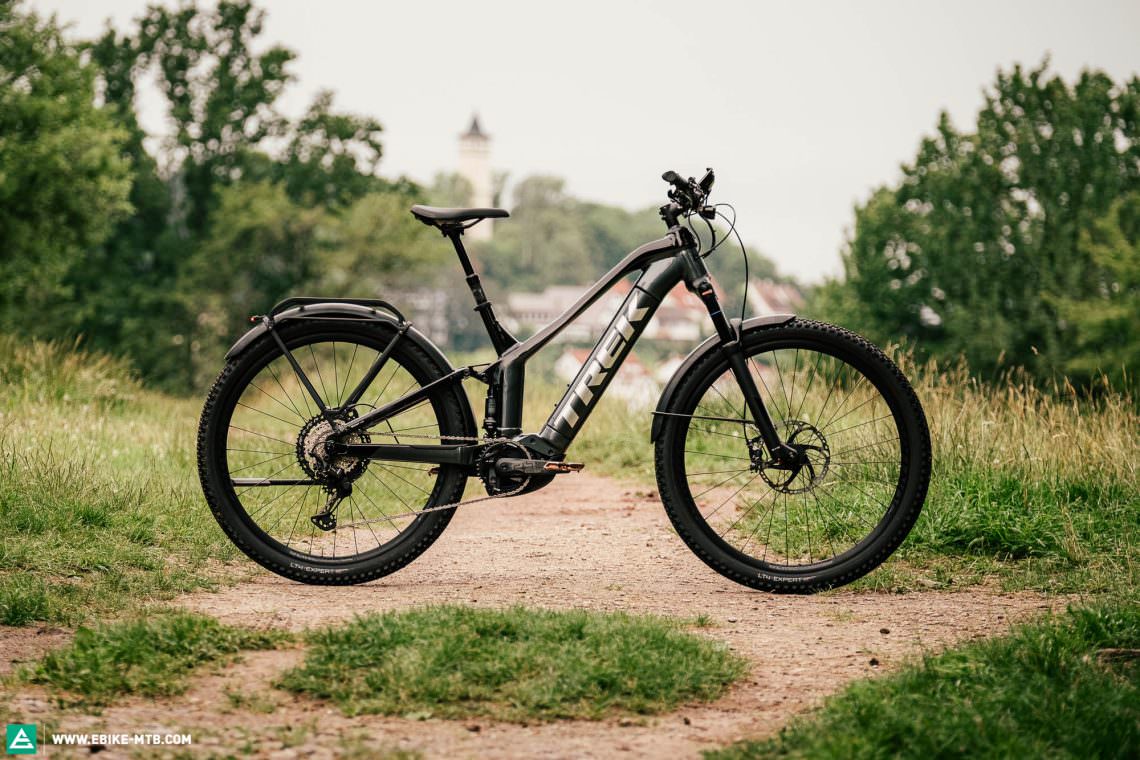
Our Conclusion
Goodbye 2021, it was nice. Hello 2022. We have many innovations in store, like powerful yet super versatile eMTBs. Simultaneously, the time has come for some outdated technologies and designs to die. Even if the upcoming year’s developments aren’t all rosy, in particular supply chain issues, we’re still heading into this new chapter of eMTB history full of anticipation.
Did you enjoy this article? If so, we would be stoked if you decide to support us with a monthly contribution. By becoming a supporter of E-MOUNTAINBIKE, you will help secure a sustainable future for high-quality cycling journalism. Click here to learn more.
Words: Rudolf Fischer Photos: Miscellaneous









